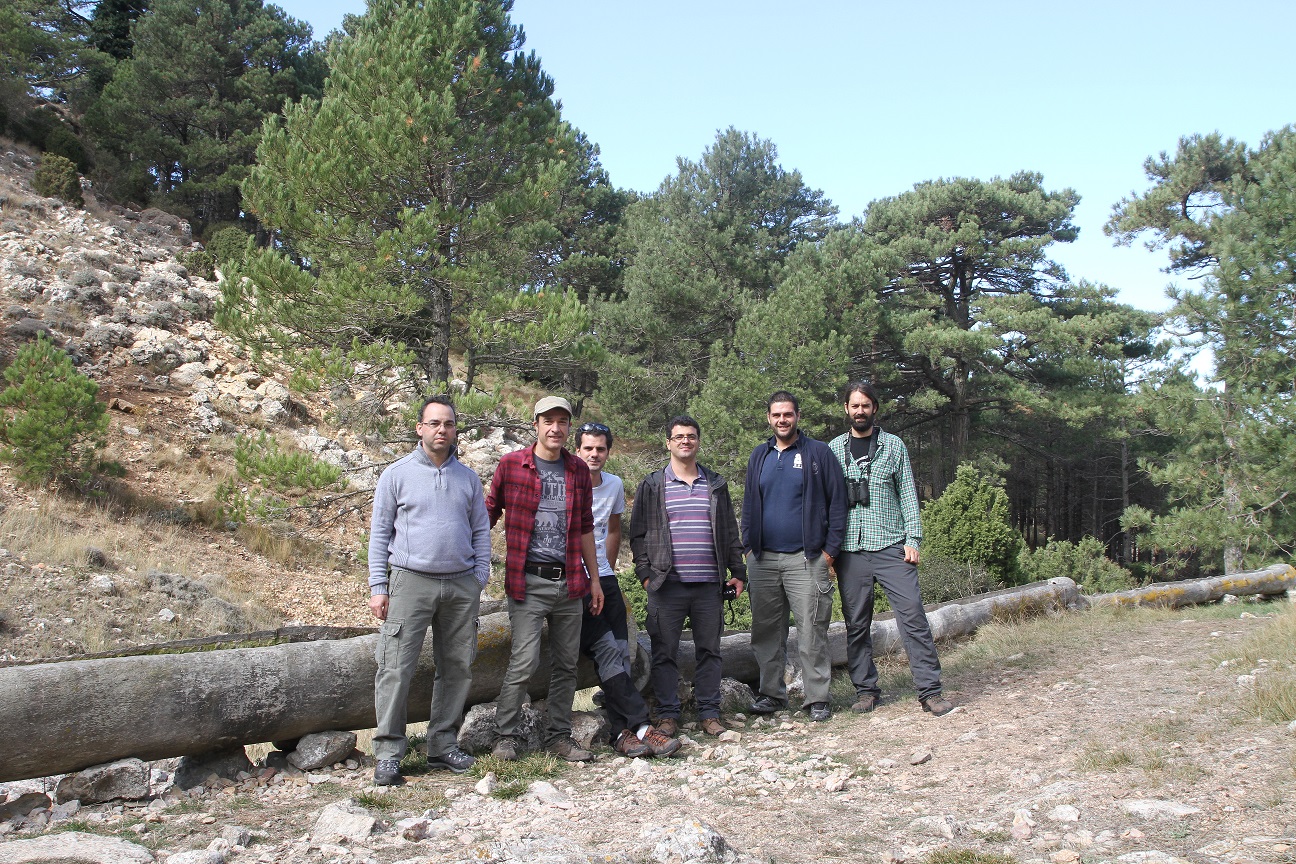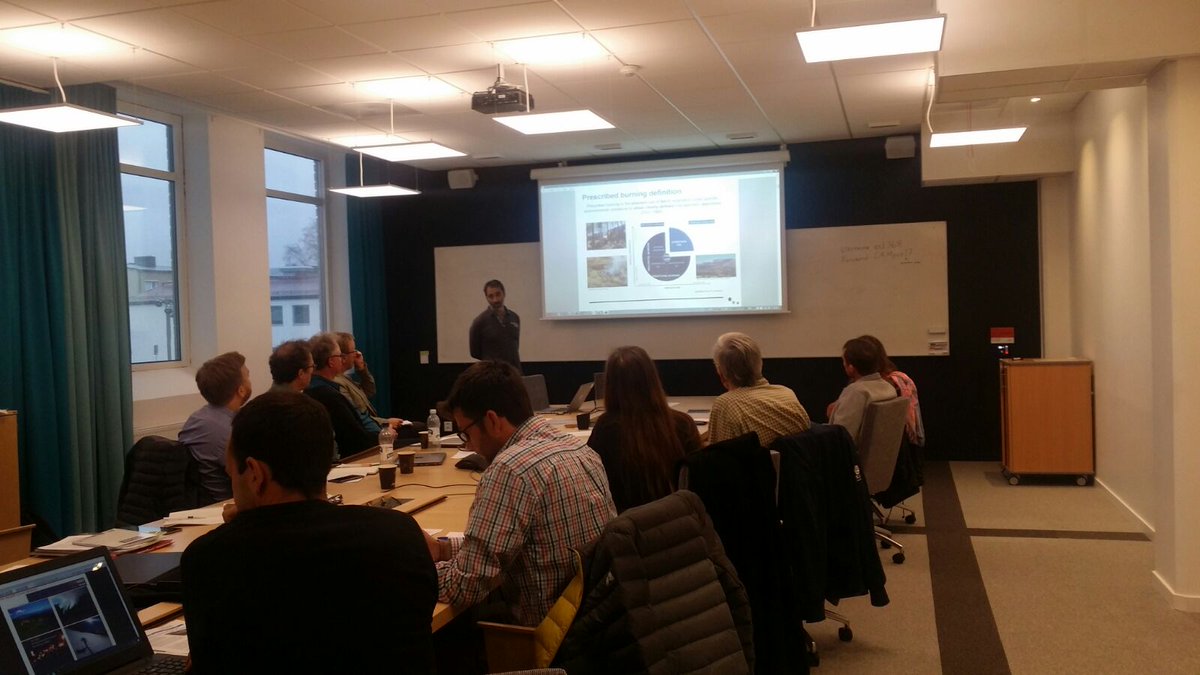July 31th 2015
The ecological inventories carrying out in the LIFE Pinassa, researchers of Forest Science Centre of Catalonia captured a female in gestation of Bechstein’s bat (Myotis bechsteinii). It is the first breeding notice of this endangered species make in Catalonia. Specifically, it was captured in a mature stand of near Viladric (El Solsonès).
The endangered Bechstein’s bat is a species with a priority conservation status at European level (Habitats Directive) and considered Vulnerable in the Spanish Catalogue of Endangered Species. In Catalonia there are very few data, to the extent that it can be considered to be in danger of extinction. The data know until the present were some males captured in caves, especially in winter in forests. It also has found a mating location in the Alta Garrotxa natural area with over 50 individuals observed in autumn by Granollers Museum and the Galanthus Association. It is linked to the old forests, especially oak where usually hunt small insects from the ground to the top of canopies.
The breeding colonies are placed usually in old woodpecker holes in large trees. Colonies are usually composed by few females, less than 50 bats. Their main problem seems to be lack of mature forest stands, especially deciduous or mixed with high availability of cavities. So to keep this kind of forest specialist bat is important to preserve old growth forests and large old trees and create actions to increase the mature stands in our country. Bats or bats are the most unknown group of mammals in Europe. All species are protected and many of them endangered. All European bats are insectivores and key species in the ecosystems. They become, at the same time, an important ally of formers and foresters as insect pest controllers. These facts justify the importance of working to know better this bat and to implement habitat management actions for ensure their conservation.





